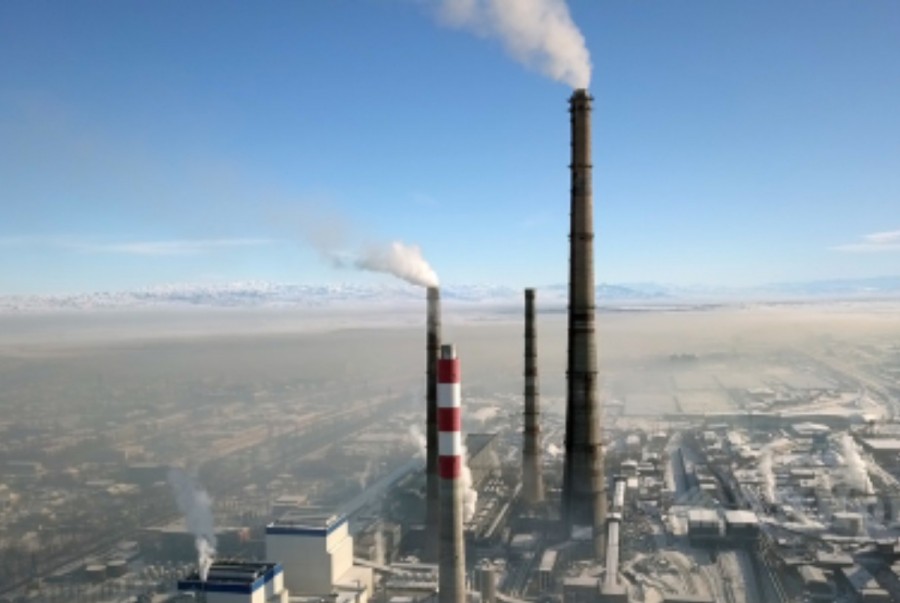
According to statistics, district heating (DH) is available to only 17% of households, located mainly in Bishkek and other small towns. The remaining 907,000 households use individual space heating systems. Of these, the largest number of households – 85% – use coal as the main source of heating. Electric heating is preferred by 8%, gas heating by 6%, and dung and firewood by 3% of households. Therefore, meeting the growing demand for heat is a serious problem for most of the population. At the same time, each winter about 25% of the heat needs of urban consumers and budget organizations are not met due to difficulties in the energy sector.
In this regard, the government of the Kyrgyz Republic, with the support of the World Bank, prepared a project to improve heat supply in the Kyrgyz Republic, aimed at improving the efficiency and quality of heat supply in certain regions. The initiative was aimed at (1) improving the efficiency and quality of district heating in Bishkek; (2) testing efficient and environmentally friendly stoves/boilers; and (3) demonstrating the benefits of energy efficiency in public buildings.
CAMP Alatoo PF worked in Track 2, which supported the Kyrgyz Government's strategy for the heating sector over the long term by reducing fuel consumption, costs and public health risks associated with the fact that the most vulnerable households often use inefficient heating systems that pollute the environment. This activity involved the design, production, installation and testing of stoves/boilers in pilot areas.
The goal of the project was to improve the quality of heat supply in the regions and was achieved through the design, production and installation of devices alternative to traditional stove heating in households of the Kyrgyz republic. The experience of Mongolia and Tajikistan was used in developing models of energy-efficient stoves and the availability of materials, tools and heating practices were taken into account. Criteria for stoves included the use of solid fuel (i.e. coal, animal waste and/or wood), an overall thermal efficiency of at least 70%, a peak heat output of 6-30 kW, and satisfactory safety and emissions reduction.
During the three-year project implementation (2016-2019), 87 households and two social facilities, FAP ambulance and library, received energy efficient stoves and boilers.
According to the results of testing and measurements of all stove models, the following advantages of the new models were proven:
No smoke from burning fuel in the stoves for 6 to 15 hours;
no additional fuel is needed since the furnaces are equipped with a fuel reservoir;
The overall efficiency was over 70% (for comparison, the efficiency of furnaces available on the market is 25-50%);
fuel utilization factor was over 98%;
Low particulate emissions.
The new stoves significantly reduced fuel costs for low-income families. Final studies conducted after the stoves were installed showed a significant difference in coal consumption. While previously families in Chui oblast spent 40 kilograms of coal per day, with the new models the volume was reduced to 13.5 kilograms of coal. The norm of fuel consumption for the residents of Naryn, Osh and Jalal-Abad regions was 24 kilograms of coal a day and they also used wood and dung, and the new stoves reduced the consumption to almost 20 kilograms for the north and 13.5 kilograms for the south.
An independent evaluation of the effects of smoke (PM2.5 - particulate matter with a diameter of at least 2.5 microns) on household members by the Fresh Air partner group showed reduced indoor pollution and positive health effects. The average PM2.5 exposure in the pilot households decreased from 92.3 µg/m3 to 32.4 µg/m3, a 65 percent reduction overall. Monitoring revealed a significant reduction in all respiratory symptoms reported in adults and children, and missed school days for the children surveyed decreased by 72 percent.